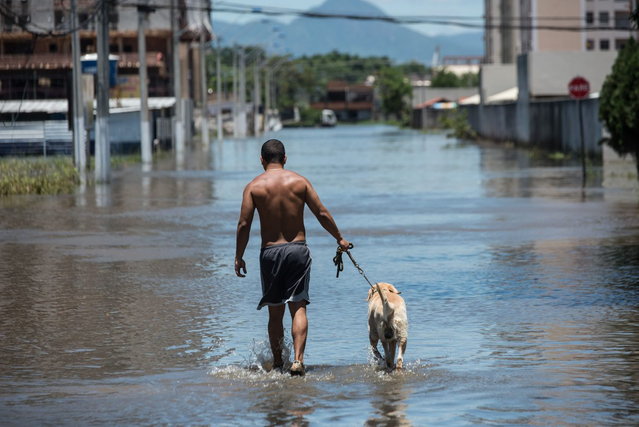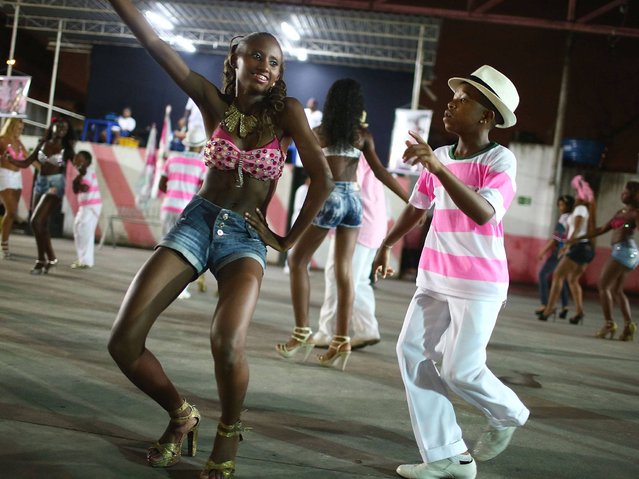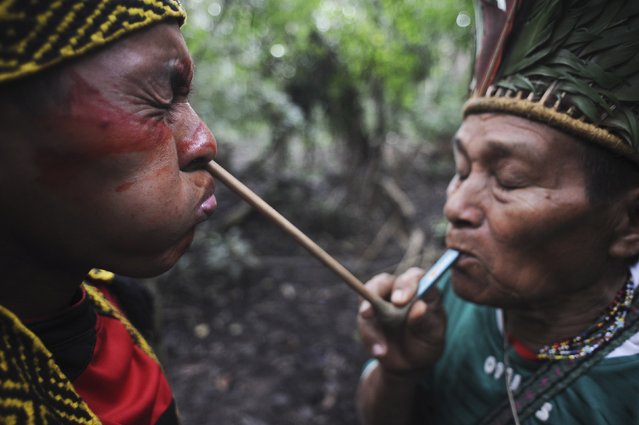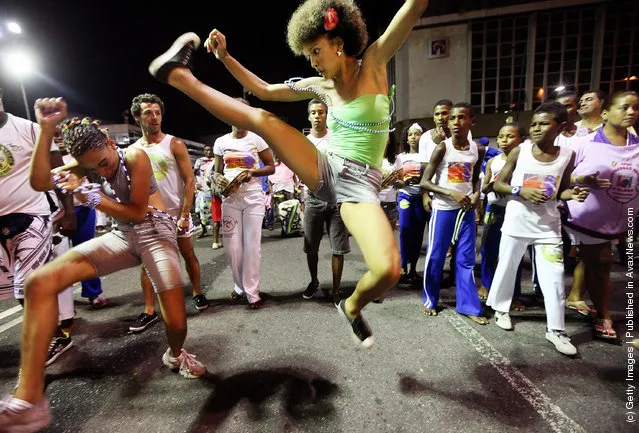
A man and his dog wade through a flooded road in Vila Velha, Espirito Santo state, Brazil, on December 27, 2013. At least 44 people have died and more than 60,000 have been left homeless following torrential rains over the past few weeks in southeast Brazil. (Photo by Yasuyoshi Chiba/AFP Photo)
30 Dec 2013 10:25:00,post received
0 comments







